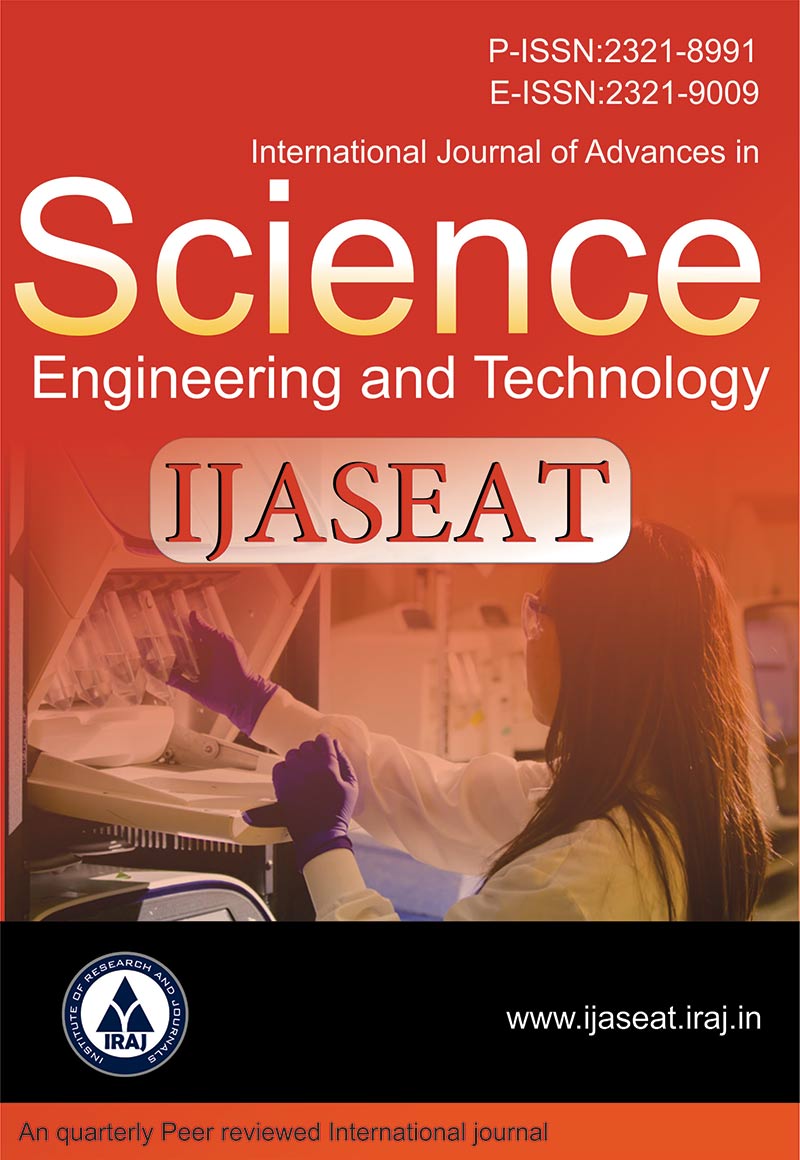Publish In |
International Journal of Advances in Science, Engineering and Technology(IJASEAT)-IJASEAT |
 Journal Home Volume Issue |
||||||||
Issue |
Volume-4,Issue-3, Spl. Iss-2 ( Sep, 2016 ) | |||||||||
Paper Title |
Protein Structure Modelling, Ligand Docking and Active Site Analysis of Mutated Poliovirus 2a Protease Gene Isolated From the Blood of Pakistani Polio Infected Patients | |||||||||
Author Name |
Amna Younus, Muhammad Faraz Bhatti, Tahir Ahmad, Nasar Virk, Muhammad Arshad, Hussnain Ahmed Janjua | |||||||||
Affilition |
Atta-ur-Rahman School of Applied Biosciences (ASAB), National University of Sciences and Technology (NUST), Sector H-12, Kashmir Highway, Islamabad 44000, Pakistan. Department of Bioinformatics and Biotechnology, International Islamic University, Sector H-10, Islamabad 44000, Pakistan | |||||||||
Pages |
52-57 | |||||||||
Abstract |
Pakistan is among those countries that has reported alarmingly high number of polio cases during the last few years. Recently, the occurrence of wild poliovirus type 1 and circulating vaccine-derived poliovirus in some cases have been reported in Pakistan. 2A is multifunctional cysteine protease that performs key role in poliovirus replication that involves viral polyprotein self-processing and shutting down host cell protein synthesis cleavage of the eukaryotic initiation factor 4G (eIF4G) proteins. In this study, polio infected blood samples was extracted following 2A protease amplification, cloning and sequencing and analyzed for mutations. 3D structures of mutated poliovirus 2A protease (PV 2Apro) were determined through homology modelling using template-based structure prediction method. Predicted models were validated using different bioinformatics tools. Docking study was performed on selected models via MOE-Dock program to evaluate binding interactions of four ligands with 2Apro. The best conformations of ligands were analyzed for binding interactions with the residues of binding cavity of target protease. Certain point mutations were found in the 2Apro sequences. These mutations after in silico analysis proved to be involved in the active site binding with certain inhibitors. Our findings highlight the role of the mutations in the binding cavity along with the identification of potential binding sites of the protease. We conclude that after entering into the body, polio virus undergoes some changes in the form of mutations of 2Apro contributing to the replication of virus which would help in formulating new drugs to inhibit polio virus replication. Keywords- 2Aprotease, Docking, Inhibitors, Mutations, Pakistan, Poliovirus | |||||||||
| View Paper | ||||||||||